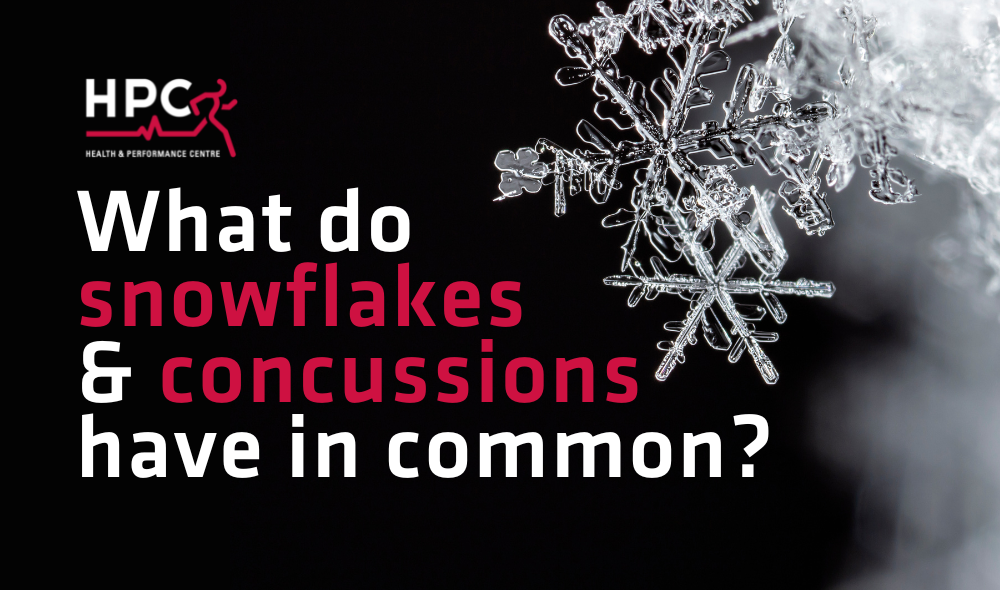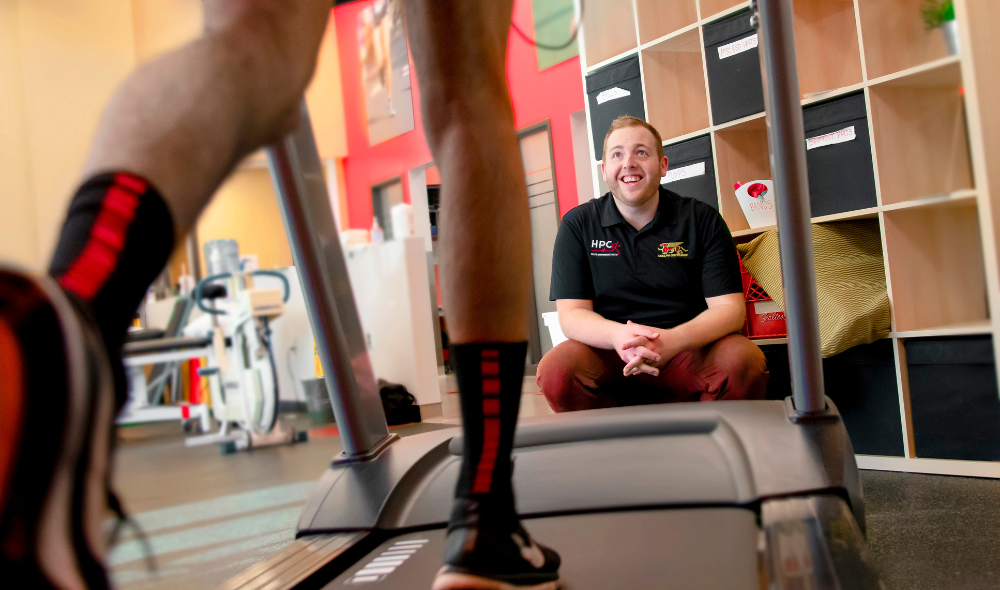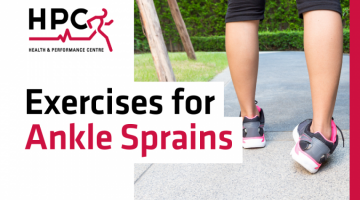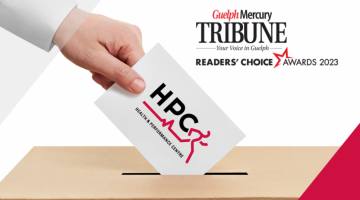What is a Concussion? Understanding these Unique Injuries

Concussions, a type of traumatic brain injury, can have a wide range of symptoms and recovery times. Like snowflakes, no two concussions are alike. In this article, we will explore the similarities between concussions and snowflakes, and why it's important to understand the complexities of these unique injuries to properly diagnose, treat, and prevent them.
Concussions are like snowflakes, if you've seen one concussion, you've seen one concussion. This statement highlights the uniqueness and variability of concussions, much like snowflakes. Each snowflake is formed by the unique combination of temperature, humidity, and atmospheric conditions, resulting in a unique crystal structure. Similarly, each concussion is unique and varies in the way it affects the individual.

Visual and/or oculomotor symptoms are common after a concussion and may be causing issues like sensitivity to light, eye strain and/or headaches. They can be treated by exercises that include visual pursuit and tracking tasks, reading tasks, and visual-field scanning in the clinic at the Health & Performance Centre in Guelph.
Different Systems Affected by Concussion:
Some of the systems affected by a concussion that physios might deal with include the cervical spine (neck), vestibular (balance), oculomotor (eye movement), and autonomic nervous (controls heart rate, breathing, "fight or flight" response, etc.) systems. Treatment starts with identifying which parts need fixing and targeting treatment to those.
Treatment for Various Types and Subtypes of Concussion:
Like a snowflake, concussions can seem simple at first, but when you take a closer look, you start to appreciate the complexity of the condition and what we need to do to help people recover. By understanding the similarities between concussions and snowflakes, we can better appreciate the uniqueness and variability of these injuries and the importance of proper diagnosis, treatment, and prevention.
Because each concussion is so unique, determining a treatment path for the various types and subtypes of concussion can be tricky. To properly manage a concussion, especially one with symptoms going beyond a month, takes a dedicated team of health professionals, of which physiotherapy is only one part. Basically, there are different systems affected after a concussion, so proper identification of those systems affected is crucial in determining the treatment required for successful recovery.
With the help of dedicated health professionals, those affected by concussions can recover and return to their normal activities. Treatment might include certain manual therapy or dry needling for structures in the neck, specific balance exercises that target different movement patterns of the eyes and neck, retraining the coordination of the neck and eyes, or increasing heart rate using exercises in a controlled and safe environment. All of these strategies have been shown in the research to be beneficial to concussion recovery.
Learn More About Concussions:
→ Concussion Signs, Symptoms and Diagnosis
→ Concussion Recovery: Cervicogenic (Neck) Subset
→ Vestibular Impacts of a Concussion (how the vision system is impacted)




